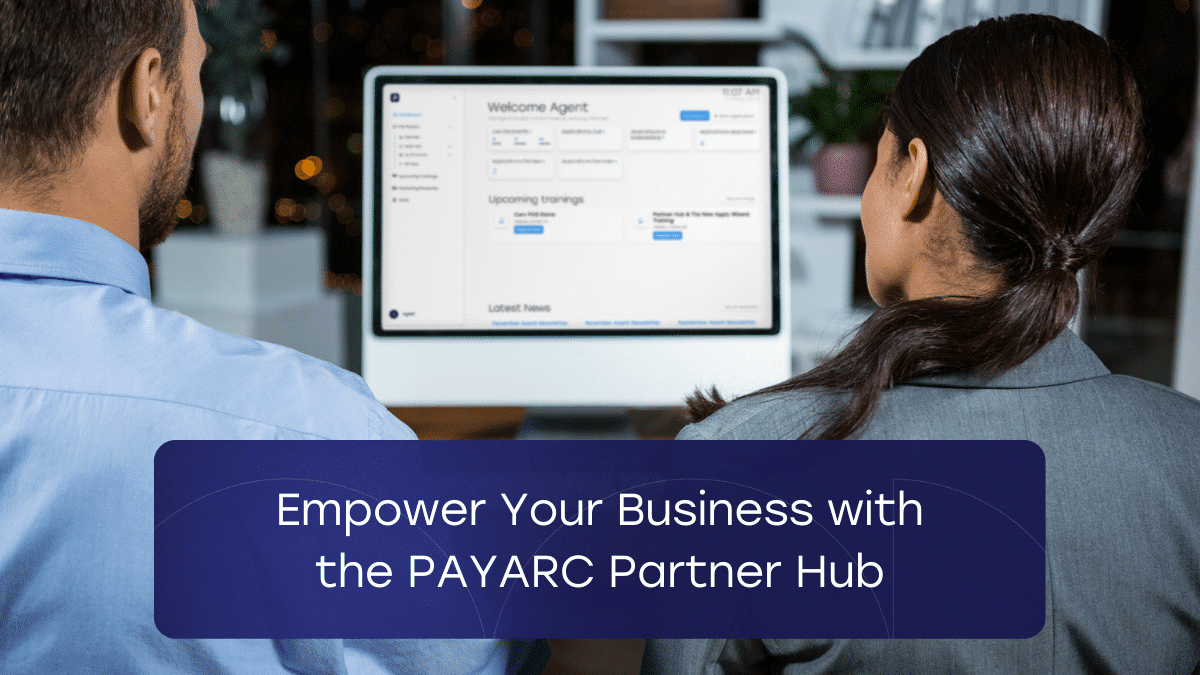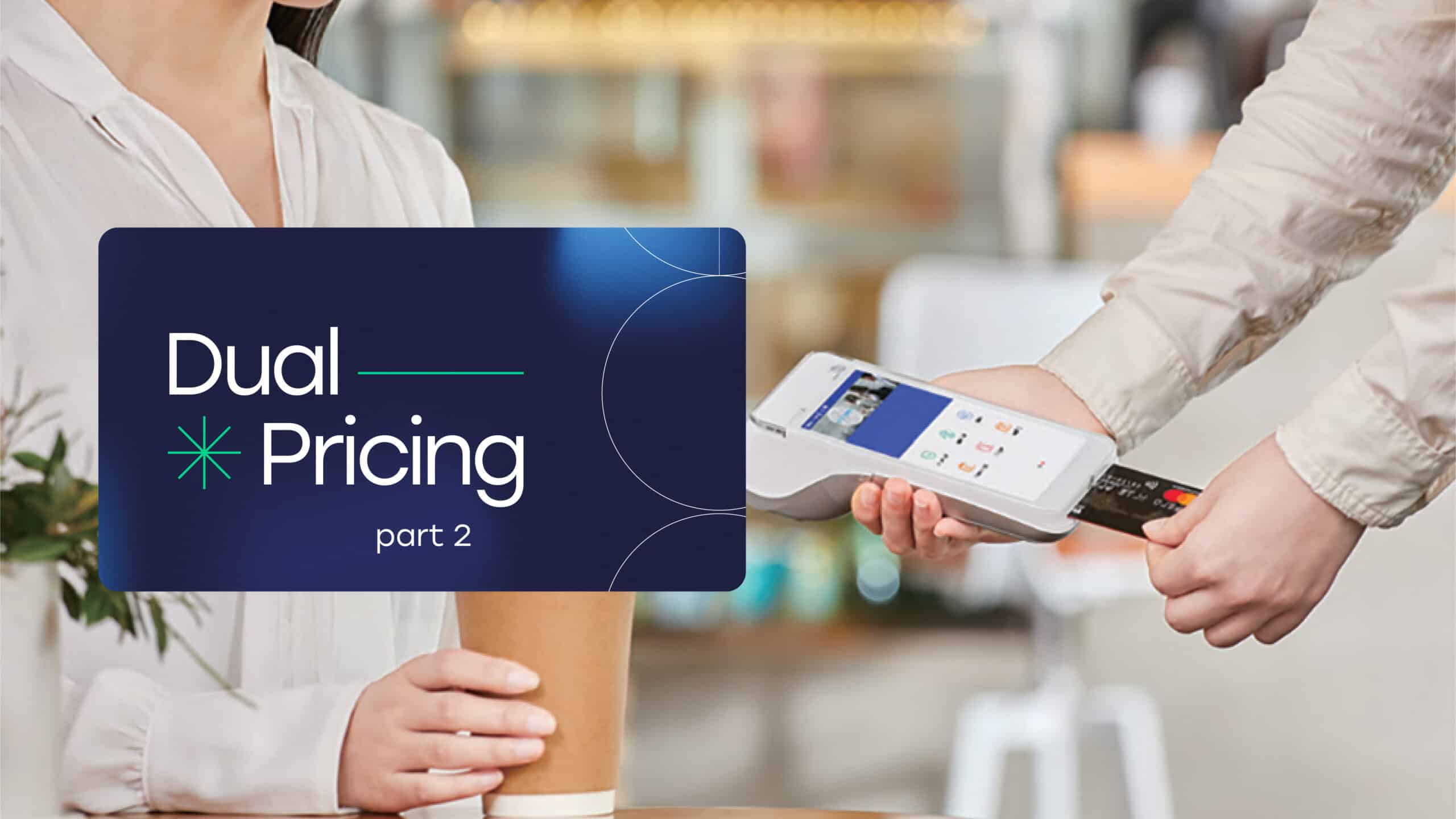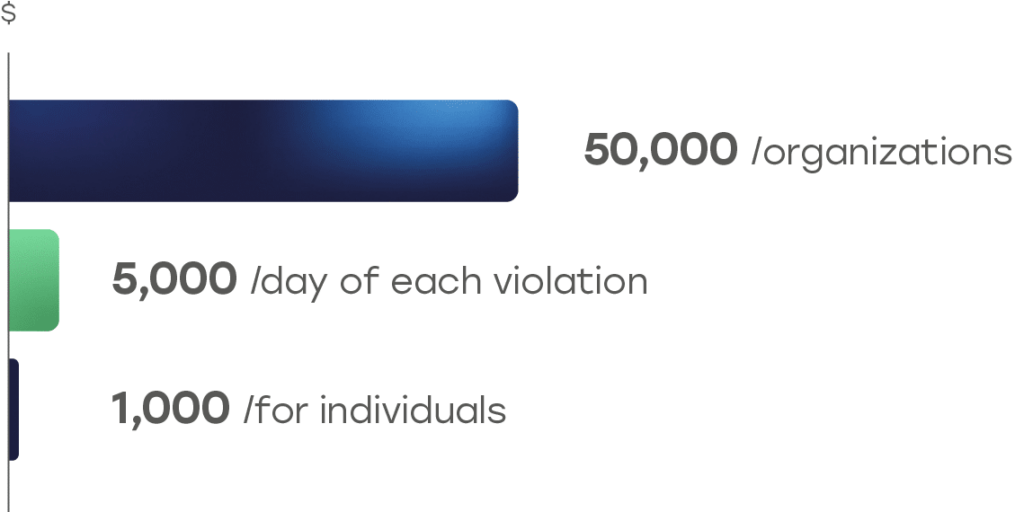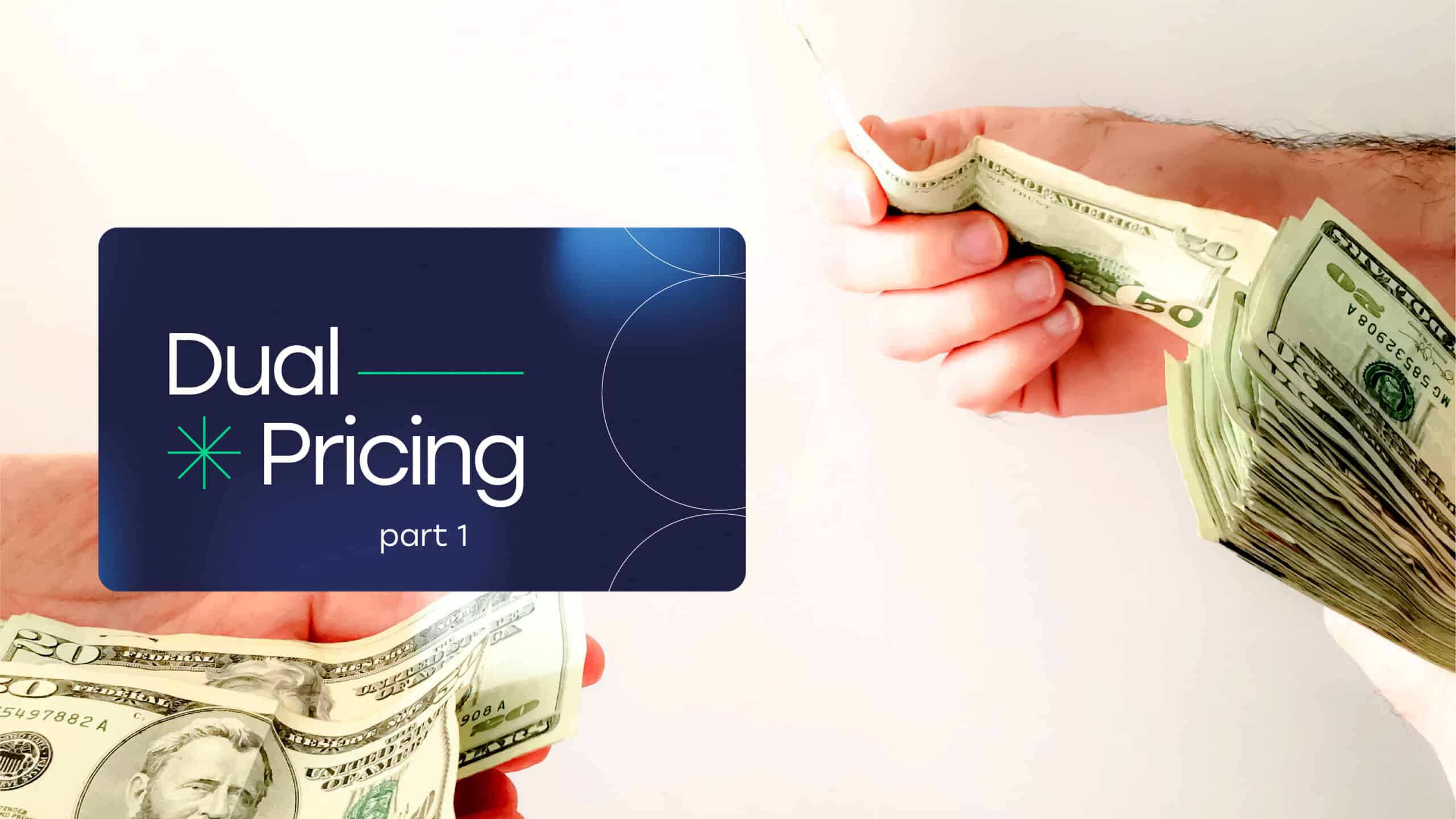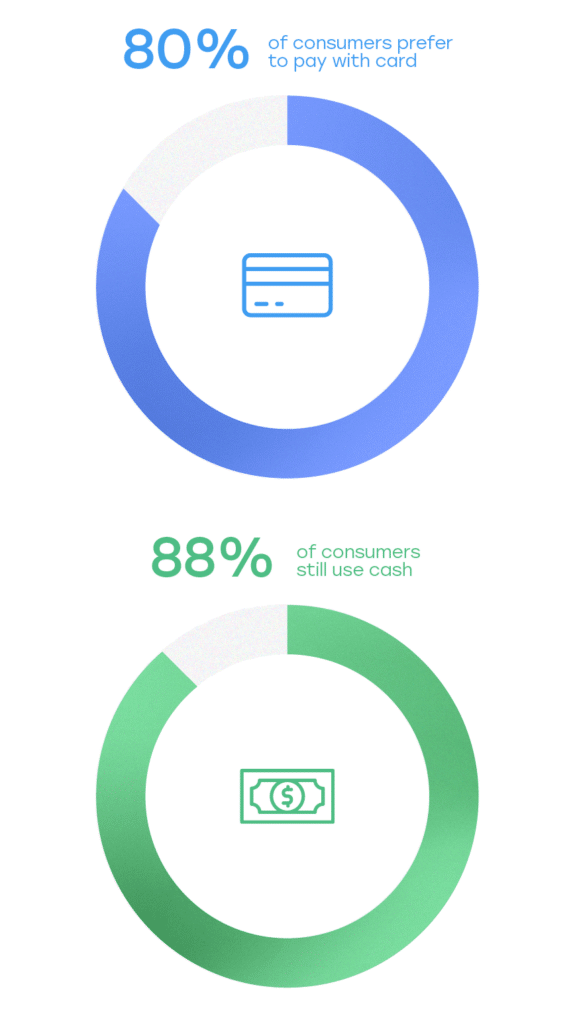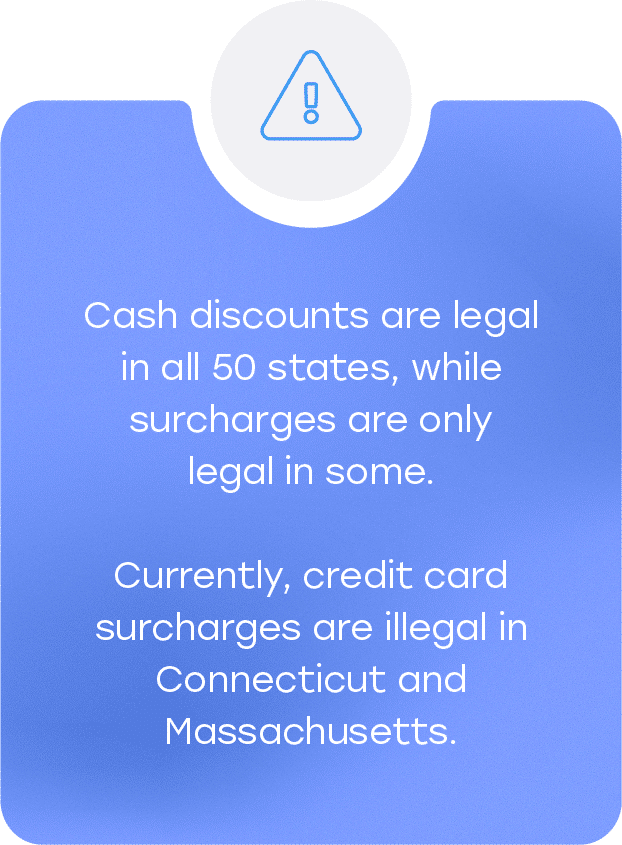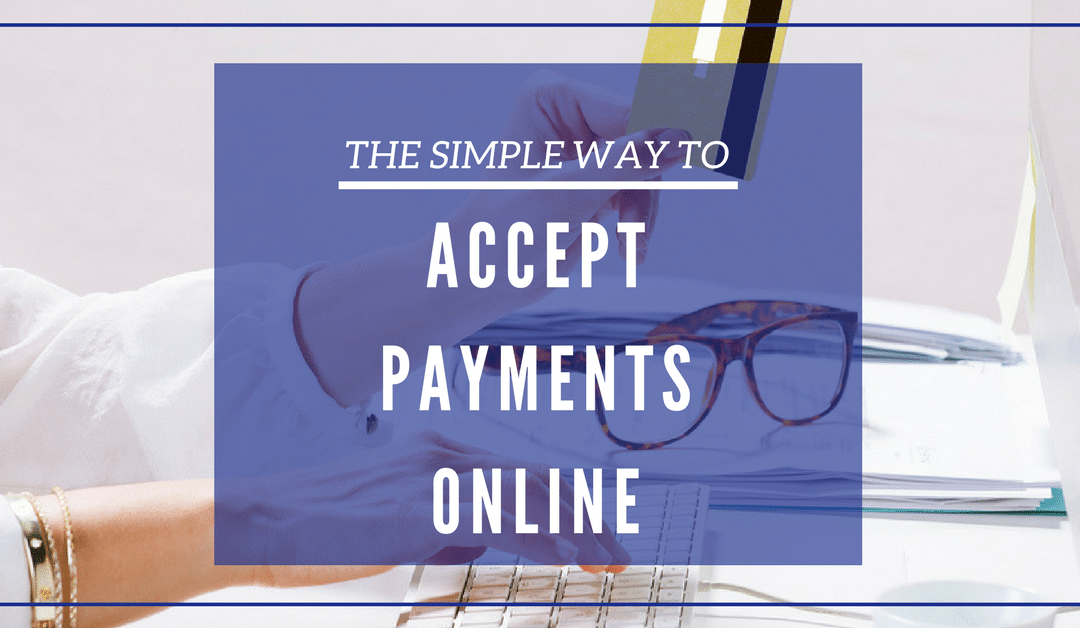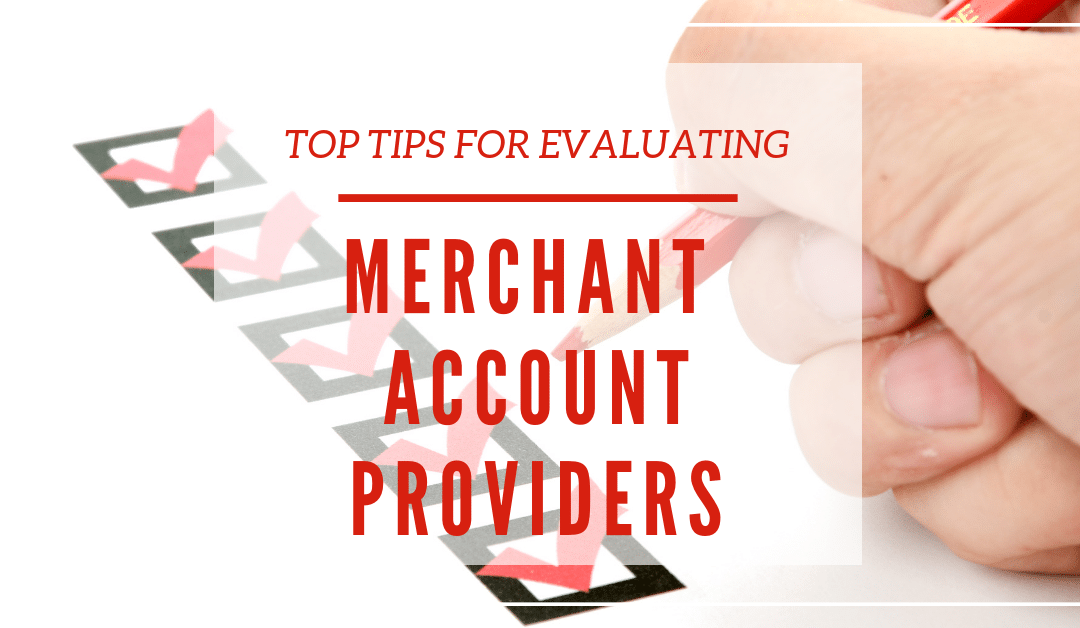Welcome to a transformative experience designed exclusively for agents – the PAYARC Partner Hub. Making payment processing for agents, easier. This comprehensive solution is crafted to unlock the full potential of your business. Let’s delve into the features that make this hub a true game-changer:
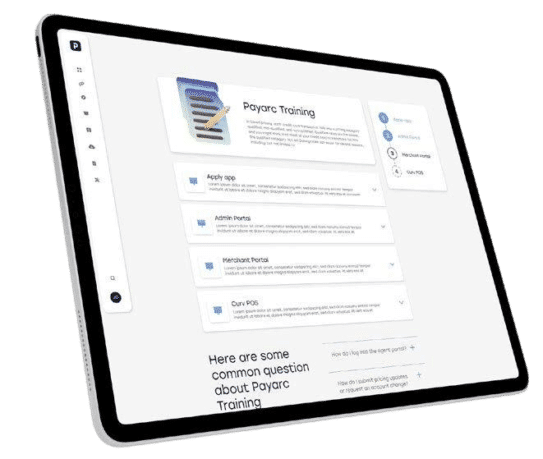
Access to Exclusive Webinars and Training
Stay ahead in the dynamic payment industry landscape. The Partner Hub opens doors to a diverse array of exclusive webinars and training sessions. Take part in our monthly live webinars that equip you with the ins and outs of PAYARC products and industry sessions set to improve your skills at any experience level. Elevate your understanding of PAYARC’s offerings and stay abreast of industry trends, ensuring you’re not just a participant but a leader in the payment space.
Robust Marketing Materials Library
Empower your merchants with the right resources. Dive into our extensive library of marketing materials and collaterals, meticulously tailored to enhance their experience with our user-friendly systems and state-of-the-art POS devices. Explore APIs, quick reference guides, online ordering capabilities, equipment details, and a wealth of other resources.
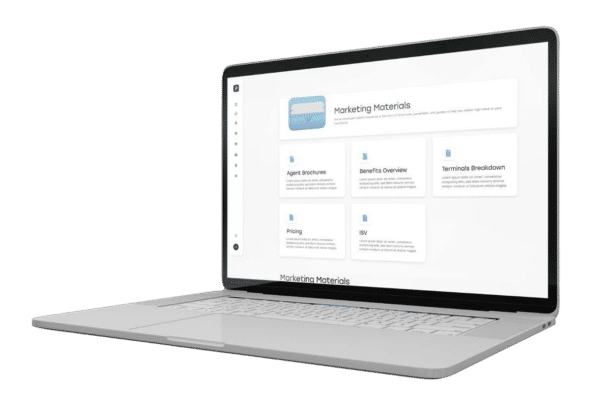
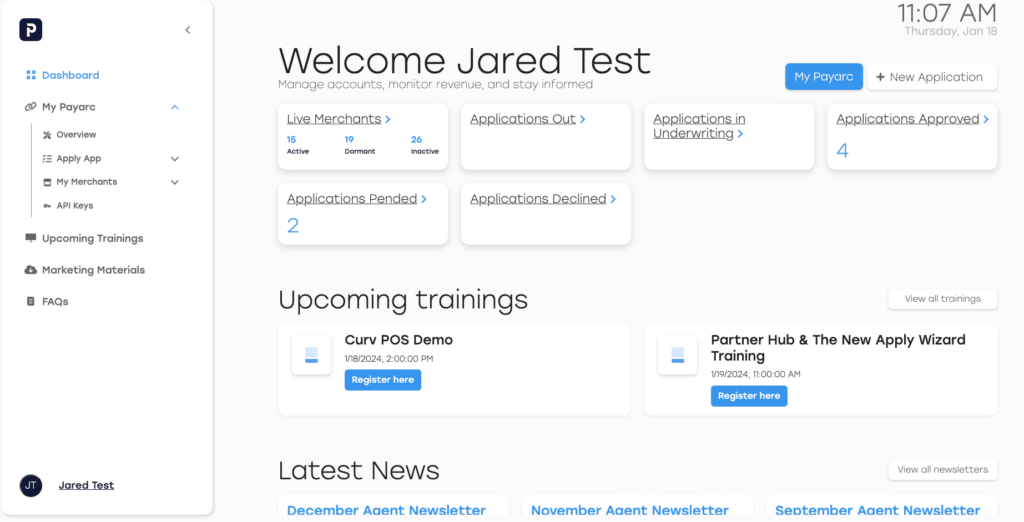
Real-Time Tracking Dashboard
Gain unparalleled insights into your business with our intuitive dashboard. Monitor live merchant applications, review underwriting progress, access your residuals, and glean instant insights into your overall business performance. With this, you can have up-to-date merchant processing reports so you can take immediate action with any changes in your portfolio. Stay in control, make informed decisions, and drive success with the real-time pulse of your operations at your fingertips.
MyPAYARC
Custom CRM for Agents: Under the My PAYARC section, check out merchant activations, bonuses to be earned, bonus activities, commissions, deposits, batch reporting, and more. Be fully equipped with our centralized and feature-rich platform.
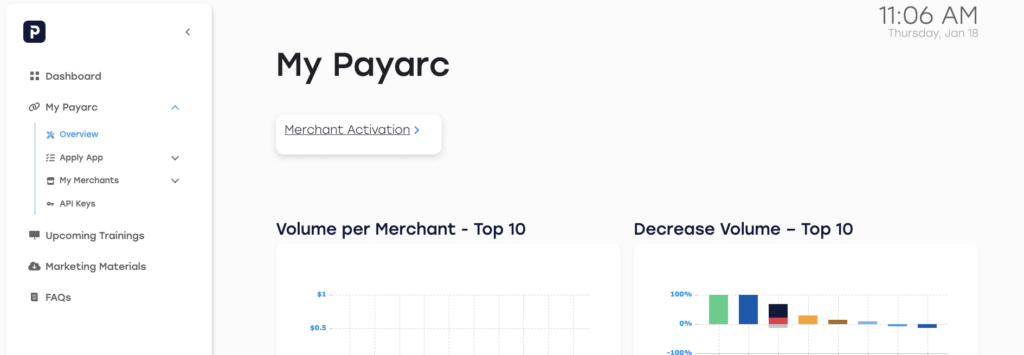
In Detail
- My PAYARC: Direct access to the My PAYARC Dashboard.
- New Application: Navigates to the Apply Wizard for new applications.
Dashboard Widgets:
- Live Merchants: Categorizes merchants into Active, Dormant, and Inactive categories.
- Applications Status: Tracks applications from waiting on the signature to approve or decline.
- Residuals: Displays partner residuals from the previous month.
- Upcoming Training: Highlights the latest Demio webinars.
- Latest News: Updates and newsletters from the last three months.
- Upcoming Releases: Stay informed about forthcoming events and updates.
My PAYARC Overview:
- Merchant Activation: Displays recently activated merchants.
- Bonus to be Earned: Shows pending bonus amounts and terms.
- Bonus Activity, Residuals, Partner Income: Charts detailing bonuses, residuals, and partner income.
- Top 10 Merchant Activities: Insights into volume, transactions, chargebacks, and refunds.
Apply Wizard
- Seamless access to view, create, and submit applications.
My Commission:
- Bonus Summary: Detailed bonus information.
- My Residuals: Monthly residuals details.
My Merchants:
- Merchant Details: Comprehensive view with performance metrics.
- Deposits & Batch Report: Summary of transactions and batch transactions.
- Deposits & Batch Transactions: Detailed transaction records.
- Chargebacks, ACH Returns: Comprehensive list with detailed merchant information.
- API Keys: Access to unique API keys for added security.
- Upcoming Training, Marketing Materials: Stay updated on webinars, marketing materials, and new product releases.
- FAQs: Answers to common questions about partner accounts and merchant activities.
The PAYARC Partner Hub transcends the conventional notion of a tool; it’s a gateway to the future of agent partnerships. It makes payment processing for agents easier. Crafted to provide you with essential tools and resources for unparalleled success, it’s time to unlock the full potential of your merchant services business. Take the next step in your journey toward a brighter, more prosperous future by contacting us today.
Your dedicated Relationship Manager is not just a contact point; they are your guide through this exciting venture, ready to provide more information and insights to propel your business forward.
Gain access to the PAYARC Partner Hub today!
